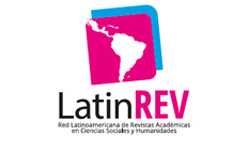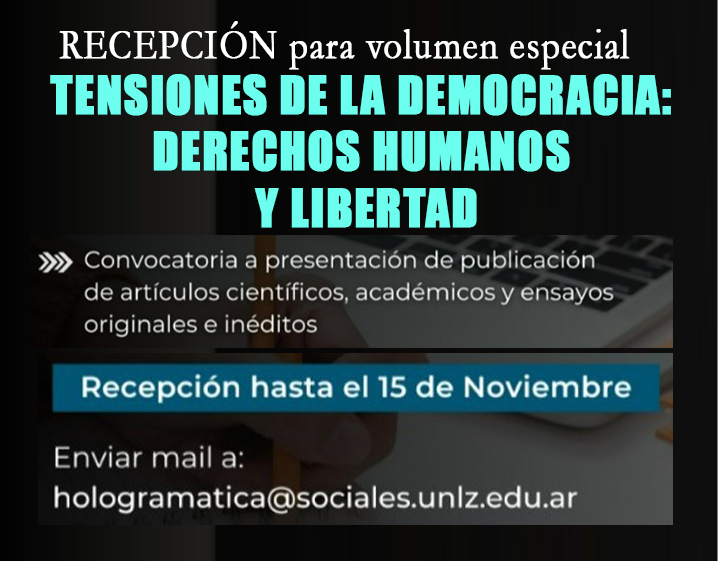EL LIBROMONSTRUO: APROPIACIONES Y DESGARRAMIENTOS EN LA CONDESA SANGRIENTA DE ALEJANDRA PIZARNIK
Palabras clave:
Alejandra Pizarnik, gótico, intertextualidad, sujeto moderno, poesía contemporáneaResumen
El objetivo del siguiente artículo[1] consiste en analizar los procedimientos de apropiación que Alejandra Pizarnik pone en funcionamiento en La condesa sangrienta (1965). Este texto escrito como intervención creativa, ensayo, traducción o glosa de la novela biográfica Erzsébet Báthory, la Comtesse sanglante (1962) de la poeta surrealista Valentine Penrose, se trata de un libro inclasificable. A causa de esto, exponemos las siguientes problemáticas: por un lado, ¿es posible adscribir el libro dentro del género narrativo, ensayístico o poético?; en segundo lugar, si el libro efectivamente no responde a una única vinculación genérica, ¿qué figura de sujeto se desprende de él? De esta forma, a través de la lectura de autores como María Negroni, José Amícola, Anahí Mallol analizamos de qué manera el libro de Pizarnik fue leído y analizado por la crítica, mientras que los aportes teóricos de Jean-Luc Nancy permiten analizar el modo en que se presenta la figura de sujeto. Por esto, este estudio se propone delimitar rasgo de una nueva figura de subjetividad que excede el alcance del sujeto moderno y que adviene en las imágenes que recorren los distintos textos del libro: el espejo, la melancolía, la muerte, lo monstruoso. De este modo, La condesa sangrienta se configura como un texto hecho de “desgarramientos”: un libro monstruo.
ABSTRACT
This article aims to analyse the appropriation procedures that Alejandra Pizarnik uses in La condesa sangrienta (1965). Said text, written as a creative intervention, essay, translation or gloss of the biographical novel Erzsébet Báthory, la Comtesse sanglante (1962), by the surrealist poet Valentine Penrose, is an unclassifiable book. Because of this, the following questions are posed: firstly, is it possible to link the book within the narrative, essayistic or poetic genre? secondly, if the book fails to be classified correctly into a single book category, what subject figure emerges from it? In this way, through the reading of authors such as María Negroni, José Amícola, and Anahí Mallol, an analysis is conducted on how Pizarnik's book was read and analysed by critics. In turn, the theoretical contributions of Jean-Luc Nancy allow us to analyse the way in which the subject figure is presented. For this reason, this study intends to delimit the traits of a new figure of subjectivity that exceeds the scope of the modern subject and that appears in the images that are recurrent in the different texts of the book: the mirror, melancholy, death, the monsters. Thus, La condesa sangrienta is structured as a text made of "rips": a monstrous book.
[1] Este artículo es resultado del trabajo de investigación "La pregunta por el sujeto en la poesía de Alejandra Pizarnik", desarrollado en el marco de la Beca de Estímulo a las Vocaciones Científicas, otorgada por el Consejo Interuniversitario Nacional - Convocatoria 2019, bajo la dirección de la Dra. María Mercedes Rodríguez Temperley y el Dr. Mariano Calbi.
Descargas
Publicado
Cómo citar
Número
Sección
Licencia
Derechos de autor 2022 Hologramática

Esta obra está bajo una licencia internacional Creative Commons Atribución-NoComercial-CompartirIgual 4.0.











